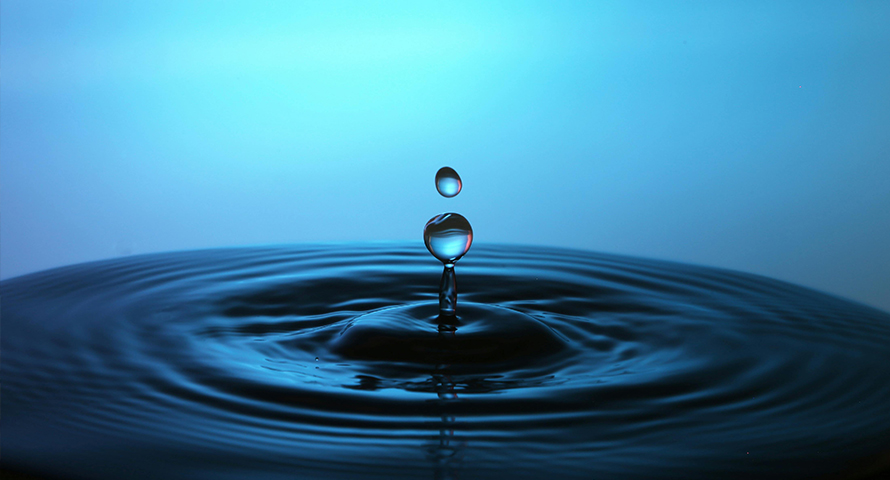- 01535 652338
- mail@watsonsbs.com

Path To Net Zero: Better Water Management for Commercial Buildings
While increased public awareness can lead to better water management practices in the home, the consumption of water in commercial properties is significantly higher. If the aim is to slow down the demand, these buildings need to improve on water management. As we have seen across our Path To Net Zero series, sustainability is a priority in commercial properties, and water conservation plays just as important a part of that as any other building service.
Like many sustainable practices, the focus is not just on external positive change. A good water management approach saves energy and costs for the owners and tenants of commercial buildings, and it makes financial sense to invest in relevant changes. Several water conservation methods are available to developers and building owners. Taking up as many of these options as possible can help alleviate the strain on water demand.
Why Is Water Conservation Important?
Water is one of the most vital resources on Earth, yet in the UK, its abundance is often taken for granted. This is creating an ever-growing problem as water scarcity is becoming an increasingly pressing issue. Population growth, climate change, and rising demand are straining water supplies, particularly in densely populated areas. In 2020 the Department for Environment, Food and Rural Affairs (DEFRA) reported that water demand could outstrip supply in the UK by 2050. The UN estimates this could even happen by 2030.
Environmental issues are as much a concern for the public as ever, with plastic pollution, energy consumption and food waste high on the list of priorities. Water consumption, however, is not considered as important.
All water is recycled back into the ecosystem, so water is never actually lost. However, it takes a long time for wastewater to find its way back to a consumable state, and much of the water ends up in the sea, making it unusable for public consumption. As a result, the system cannot supply potable water as fast as it's needed and water scarcity becomes an issue.

Ways to Conserve Water
- Water-Efficient Fixtures
Replacing traditional taps and urinals with low-flow and dual-flush technologies is a very effective way to lower water usage without losing optimal functionality. Low-flow taps aerate the water, resulting in less consumption while having self-closing tap functionality prevents leaks. Dual flush toilets provide the option for liquid waste to be flushed at lower volumes. - Smart Water Management Systems
Intelligent systems that optimise usage or detect leaks are great for significantly decreasing waste and reducing water bills. Integrating with a building’s BMS, sensors detect occupancy in rooms and can shut off water while rooms are empty to save energy costs. Getting to leaks early also helps avoid larger repair expenses as well as waste. - Greywater Recycling
Wastewater from appliances such as sinks can be recycled at the property and fed back into the system for non-potable uses such as flushing toilets. This form of recycling can reduce water usage by as much as 50%, easing demand on municipal water treatment plants and water usage in general. - Rainwater Harvesting
Installing rainwater collection systems is an excellent way to supplement water supply in commercial buildings for non-potable uses. They significantly reduce the demand for fresh water in applications that do not require drinking-quality water such as toilets and cooling towers. They also form part of a Sustainable Drainage System (SuDS) that reduces the strain on the sewer network.
Our Water Conservation Services
At Watsons Building Services, our expert team of experienced engineers provides a full water management service, from consultation and design to installation and maintenance. Integrating with a building’s existing BMS, or implementing a new one, we ensure efficient and cost-effective water conservation methods for any commercial or industrial building.
We provide a range of services such as water supply, upgrades and retrofits, fixture and pipework installation and repair, filtration and treatment, conservation solutions and harvesting. Take a look at one of our recent projects below, where water conservation solutions formed part of our larger M&E services installation in a new 900,000ft² distribution centre.
M&E Services at a New Flagship 900,000ft2 Distribution Centre
We used a rainwater harvesting system to provide water to the cisterns in the office toilet areas. Leak detection systems were also installed, linked to the lighting within office toilet areas to reduce water consumption. If there are no occupants, the water supply is isolated by the connected solenoid valve, which is powered by the lighting.
For more information about our Plumbing and Above Ground Drainage services, including Public Health Services and Water Conservation Solutions, click here.

